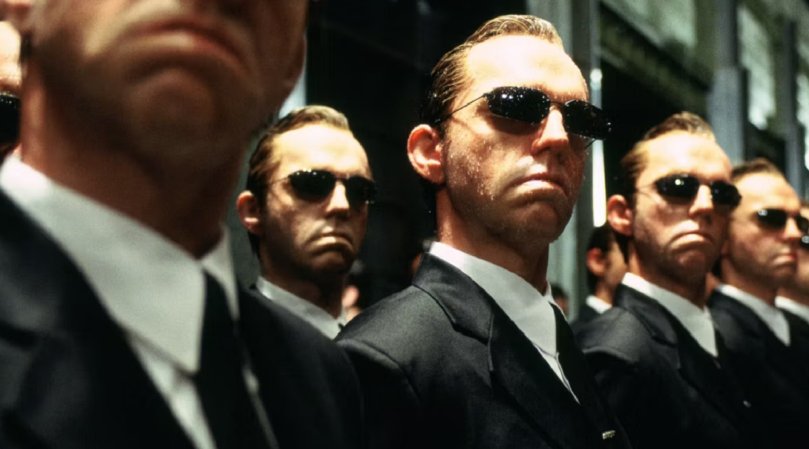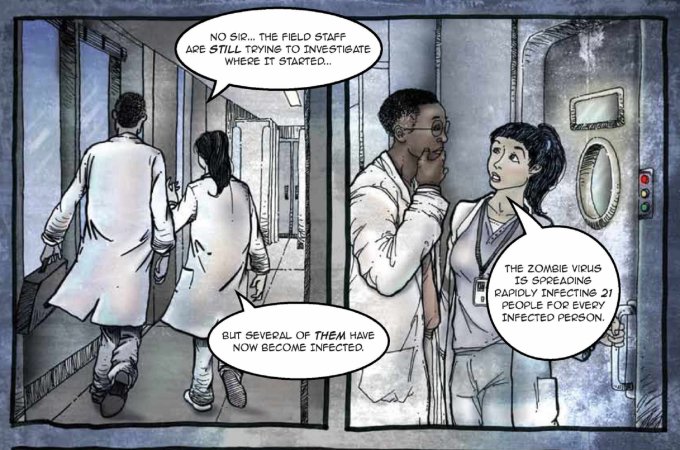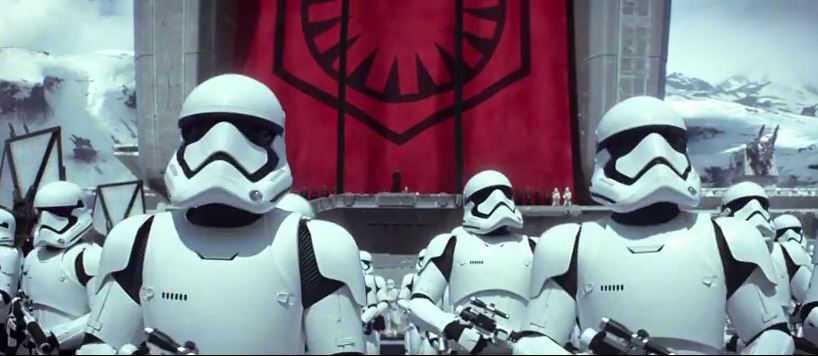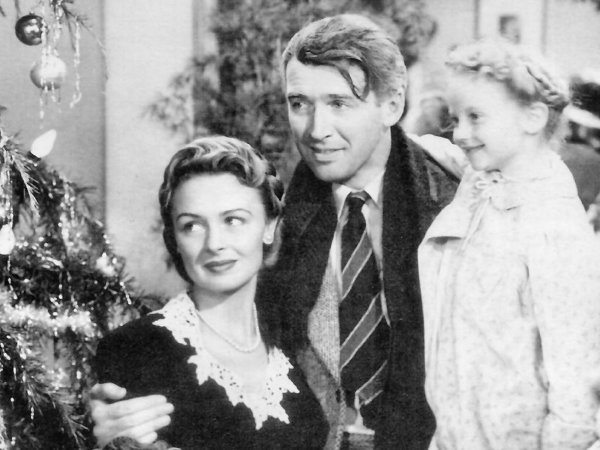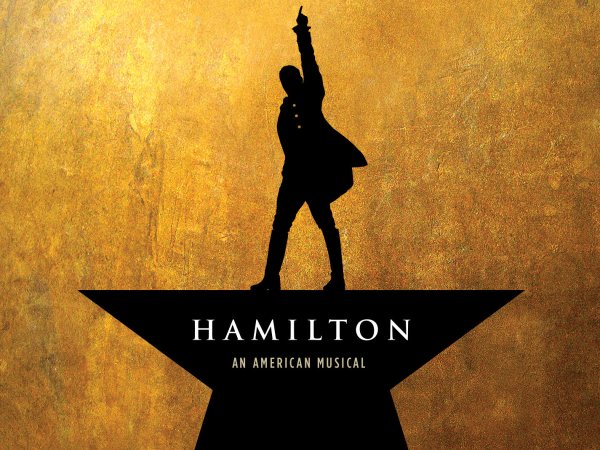

Hulu’s new sci-fi horror movie, No One Will Save You, has just two sentences of dialogue over 93 minutes of run time. But it’s not a quiet film. Floors groan, feet thud, characters shriek, and something—no spoilers as to what—chitters eerily. The unsettling background noise is complemented by composer Joseph Trapanese’s menacing music, which shivers from deep electronic pulses to ripsaw whines. It’s spooky and effective. Even prolific horror novelist Stephen King took notice, calling the film “brilliant, daring, involving, scary” on the social media platform X.
Horror soundtracks like No One Will Save You’s have a special goal. It’s hard to find another musical genre so defined by the need to generate a single emotion: fear. To twist audio in unnerving ways, composers, musicians, and mixers use several special techniques. Some songs might have extreme variation in their dynamics, such as long silences that build into clashing notes to accompany a jump scare on the screen. Others wrap in acoustical features with human screams that, according to one study, may trigger alarm bells in our brains.
Spooky songs also have the liberty to be more experimental because they don’t have to be pleasant. Pop tunes and gentler soundtracks typically stick to well-worn concepts like harmony. The spine-chilling stuff, though, tends to be “much more creative and break the mold of certain unwritten rules,” says Ben Ma, a musician and software engineer at the music startup Rivet. Still, nightmarish scores use a few common compositional tricks to mess with listeners’ minds.
Uneasy on the ears
If you’ve ever thought that horror soundtracks just sound like someone screaming, you’re correct. Music cognition researcher Caitlyn Trevor has investigated parallels between song composition and vocal signals or other natural sounds. Sad tunes might remind us of someone crying, but this is often in the most abstract sense, she says, where something like a falling melodic note is reinterpreted as a sigh. “What I liked about scary music is that it seems like an area where mimicry was much more direct and much more obvious,” Trevor explains. “It really does sound a lot like a scream.”
People have plenty of reasons to dislike screams: They’re loud, piercing, and may even be painful. Horror films can use that to their advantage. “We think that we perceive scream-like soundtracks as danger cues, most likely because they mimic the sound quality of human screams,” says study co-author Sascha Frühholz, a cognitive neuropsychologist at the University of Oslo.
[Related: Why do we see ghosts?]
In a 2020 paper, Trevor, Frühholz, and their colleagues established that scary music and human screams strongly share an audio characteristic known as roughness, which describes how grating or harsh a particular sound is. Rough noises “have chaotic fluctuations at different tone frequencies,” Frühholz says. When someone screams, they push their vocal cords beyond the limit, which Trevor likens to musicians overblowing their flutes or clarinets. The team’s acoustic analysis of 10 English-language horror movies, including The Cabin in the Woods, It Follows, and Get Out, found a significant increase in roughness in scream-like music—which often accompanies a character being attacked—than in non-terrifying scenes.
In the study, 20 volunteers listened to recordings of people actually screaming plus excerpts from horror soundtracks, which included scream-like music as well as more neutral songs. The participants were asked to rate their emotional impressions of what they’d heard on a negative to positive scale. Human screams were the most negatively emotional, but the subjects also reacted similarly, if less intensely, to scream-like music. It’s as though horror music “piggybacks” on natural vocal signals, Trevor adds, “but they’re a little less potent because it’s in this art space.” In other words, we might hear danger in a soundtrack, but we also know it’s make-believe.
“The correlation to screams definitely makes sense to me,” says Rich Vreeland, who, as the artist Disasterpeace, composed the soundtracks for It Follows, Bodies Bodies Bodies, and other Hollywood films. His musical inspirations span cinema and real life: Bernard Hermann’s jarring score for Psycho was “one of my touchstones for how to make shrill scary sounds,” as was the “horrific sound of the Sony alarm clock that I had as a kid.”
Out of tune
Horror soundtracks are so distinct from other soundtracks that algorithms can pick out particular traits from the genre. A team of computer scientists, including Ma, used a bespoke computer model to analyze the music of 110 box-office topping movies, as they reported in a 2021 PLOS One paper. Their goal was to take a quantitative approach to the way movie music affects audiences with the “first study that applies deep learning models on musical features to predict a film’s genre,” they wrote.
Only 11 of the 110 were horror films, but the AI still had dozens of hours of audio to scour. In the end, it homed in on the tonal aspects of horror music—in particular, an aspect known as inharmonicity. “We were able to see empirical evidence that that tone features made the largest impact on the model’s prediction,” Ma says.
Harmony in the Western music scale combines notes that are ratios of a frequency. (Simultaneously playing a low, middle, and high A—what corresponds to 220, 440, and 880 Hz—produces a sound generally considered sweet.) “If you take something like 3:2 then you might get a perfect fifth, which is another really pleasing-sounding harmony,” Ma points out.
Inharmonicity nixes those nice, round numbers. The notes played together might not even exist on a keyboard—imagine sound spewing from the space between the keys, “something that you physically couldn’t play on a piano,” Ma says. To pull this off, you need a continuous pitch instrument. The violins’ shrieking strings in the Psycho soundtrack are a prototypical example: It “really exemplifies on the atonal level” how horror music works, Ma says, producing a frequency that is extremely unsettling.
Sounds of anxiety and terror
Trevor’s most recent study of horror music, published earlier this year in The Journal of the Acoustical Society of America, splits the idea of fear in two. There are songs that make us anxious and songs that terrify us. Her acoustic analysis teased several different features from the soundtracks of 30 horror movies to understand how they achieved either of those psychological effects. Notably, each category had a distinct tempo, which she and her colleagues described in the paper: The anxious examples were “ponderous” or “pacing,” while the terrifying ones were “frenetic” and “throbbing” or a “wall of sound.”
As an additional experiment, the team then had 99 people rate the anxiety, terror, tenderness, and happiness of the tunes on a seven-point scale. On average, subjects weren’t able to completely separate the music into the two fearful categories—terrifying music was rated as also conveying lots of anxiety. That might have been a product of survey bias, Trevor says. “Maybe participants were responding to how it made them feel more than what was being portrayed.” She’s currently part of a study that uses MRI brain scans to observe whether human screams and scary music activate similar neural networks in listeners.
We might hear danger in a soundtrack, but we also know it’s make-believe.
But there’s more to horror soundtracks than clever composition. The power of juxtaposition, for instance, is one aspect that scientific studies may not be designed to fully capture, but is super effective, Ma explains. The best scores, like the scary movies they accompany, put the audience at ease—then shatter it. “Horror soundtracks need to also have moments of beauty in them,” Ma says. “They put you in this place of calm so they can drag you out of it in the most gut-wrenching ways.”
Enjoy this scary-music playlist curated by PopSci editors, and let us know what your most feared soundtrack is.

